Deer are majestic animals, but they can be pests, especially if you have a garden. Some people prevent deer from entering their garden by planting crops that deer hate.
What if you want to grow some kale? Do deer eat kale?
Even though kale is not their favorite vegetable, deer will eat kale and can destroy your kale garden if you do not prevent them. With the right techniques, you can prevent deer from entering your kale garden.
How can you prevent deer from entering your kale garden? What else may be responsible for destroying your kale? Continue reading.
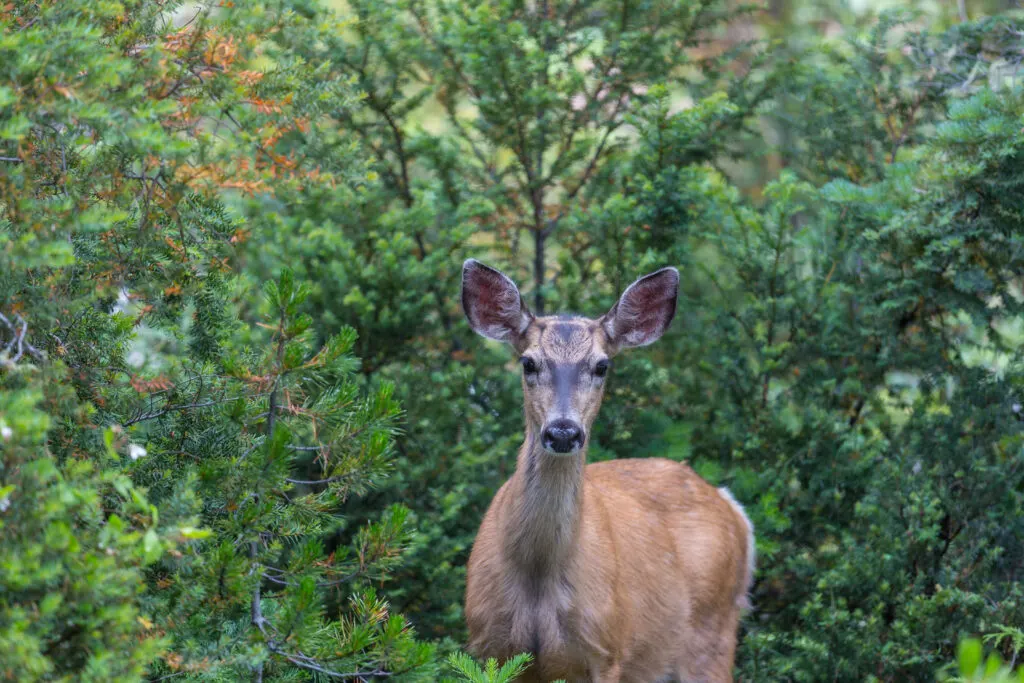
Table of Contents
Do Deer Eat Kale?
Deer eat kale. They eat every type of kale, and they can destroy your kale garden in just a few minutes. It does not matter if you are growing regular or ornamental kale. Deer can destroy your garden.
Even though deer can look innocent, you may notice their ugly side when you have a vegetable garden.
Well, there are many ways to prevent deer from entering your garden, but to be sure which is the best technique to use, you first need to make sure that there are deer in your garden.

How to Tell That There Are Deer in Your Garden
Here are some easy ways to tell that there are deer in your garden:
- You see them yourself: The most reliable way to tell if there are deer in your garden or not is to see the animals yourself.
- You see their tracks: Deer tracks are different from those of other animals, such as rabbits and hedgehogs.
- A major part of the leaf is missing: Deer do not eat just a little part of the leaf. They eat as much as their mouth can bite at a time. If you see leaves with deep bite marks, you can tell that there were deer in your garden.
- Deer poop: Deer will poop when they are eating, so if you can find their poop in your garden, you can be sure that they are responsible for the destruction of your kale.
- When it is deer season: Is there a specific season when you see more deer in your area? Watch out for deer in your garden.
So what if there are deer in your garden? How can you keep them away from your kale? Continue reading.
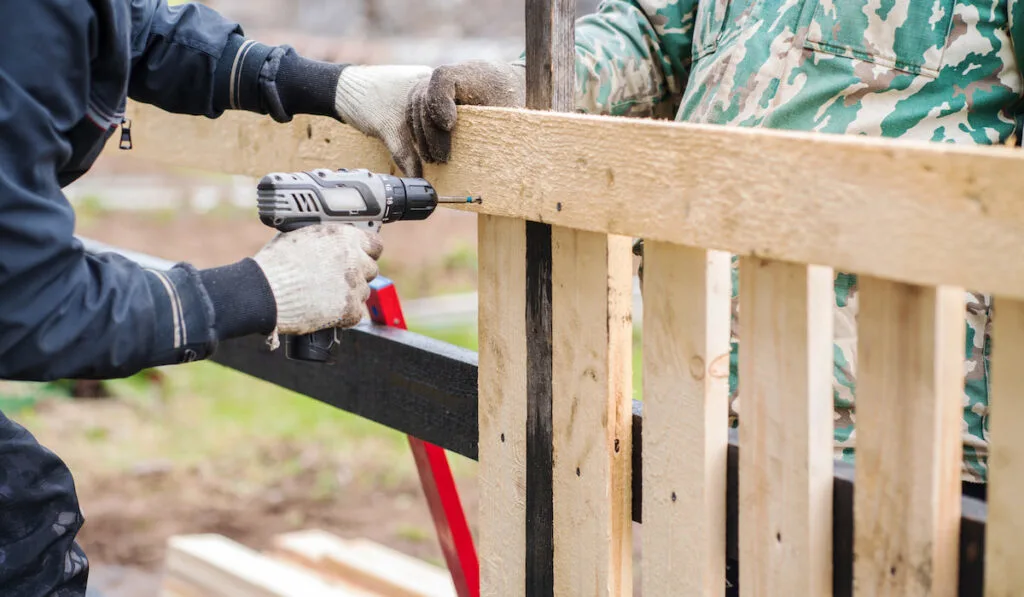
Tips for Keeping Deer Away From Your Kale Plants
Here are some great ways to prevent deer from reaching your kale plants:
1. Install Motion Sensors
Motion sensors are great tools to prevent deer from entering your garden.
Whenever these devices detect moving objects such as animals nearby, they can sprinkle water to repel them. Be careful when using motion sensors, especially in the fall, so that you do not overwater your kale plants.
2. Build a Fence
A fence is important when you have a lot of deer nearby. Plus, garden fences prevent all sorts of pests from reaching your sweet garden crops.
Install a fence that is tall enough to keep deer out—about 10 to 12 feet tall.
Also, the bottom of your garden fence should go six or more inches below the soil level so that other pests that dig holes cannot gain access to your garden plants.
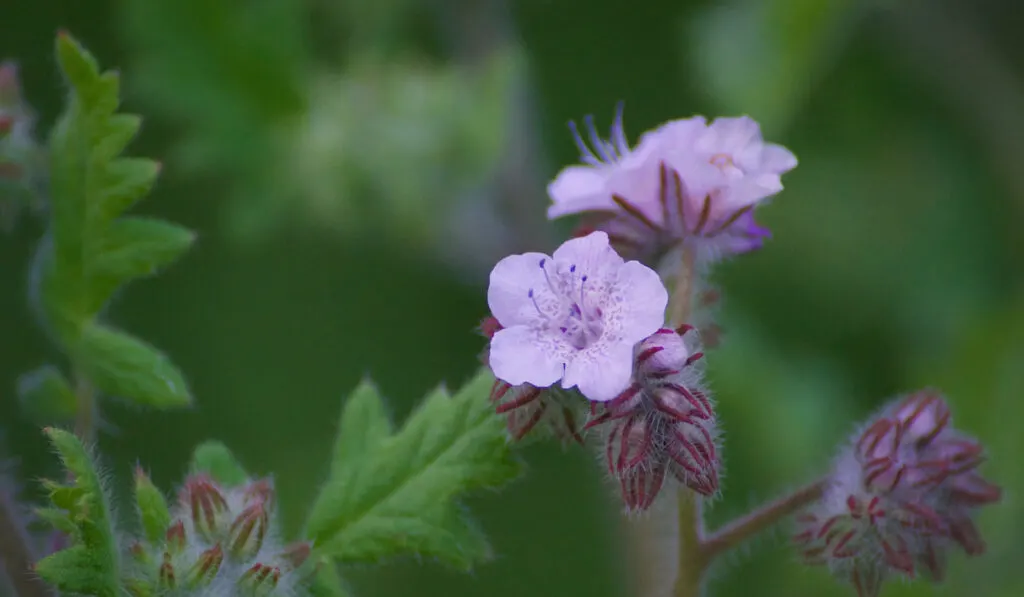
3. Plant Deer-Resistant Crops Along the Garden Perimeter
There are many types of plants that you can plant along your garden’s perimeter to prevent deer from entering your garden. Here are some examples according to their classification:
I. Hairy or Fuzzy Plants
Hairy plants are plants with a lot of hair. If you run the leaves of these plants against your hands, you will feel how fuzzy they are.
Examples of these plants include:
- Lady’s mantle (Alchemilla)
- Lamb’s ear (Stachys byzantina)
- Tuberous begonias
- Ageratum
- Yarrow (Achillea)
- Flowering tobacco (Nicotiana)
- Siberian bugloss (Brunnera macrophylla)
- Heliotrope
- Purple top vervain (Verbena bonariensis)
- Poppies
Most of these plants are safe, but a few are toxic. You should learn about each plant before you plant them on your garden perimeter.
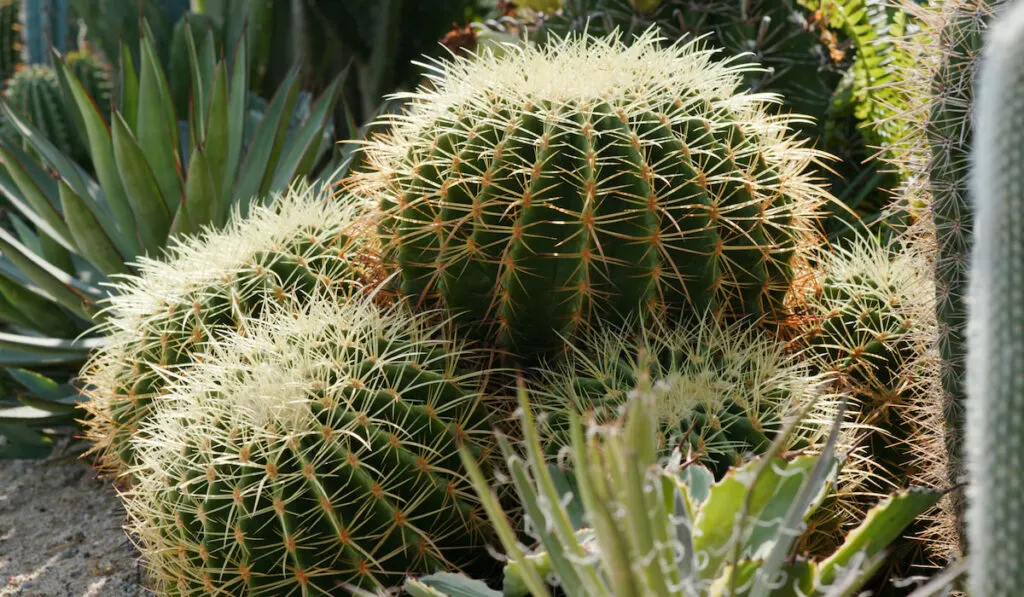
II. Prickly Plants
Even though these plants might look hairy, a closer look will reveal their thorns. The natural defense of these plants can help prevent deer from crossing your garden perimeter into your kale area.
Some examples of prickly plants are:
- Cactus
- Globe thistle (Echinops)
- Sea hollies (Eryngium)
- Cardoon
- Bear’s breeches (Acanthus)
You should be careful when handling these plants so that they do not hurt you.
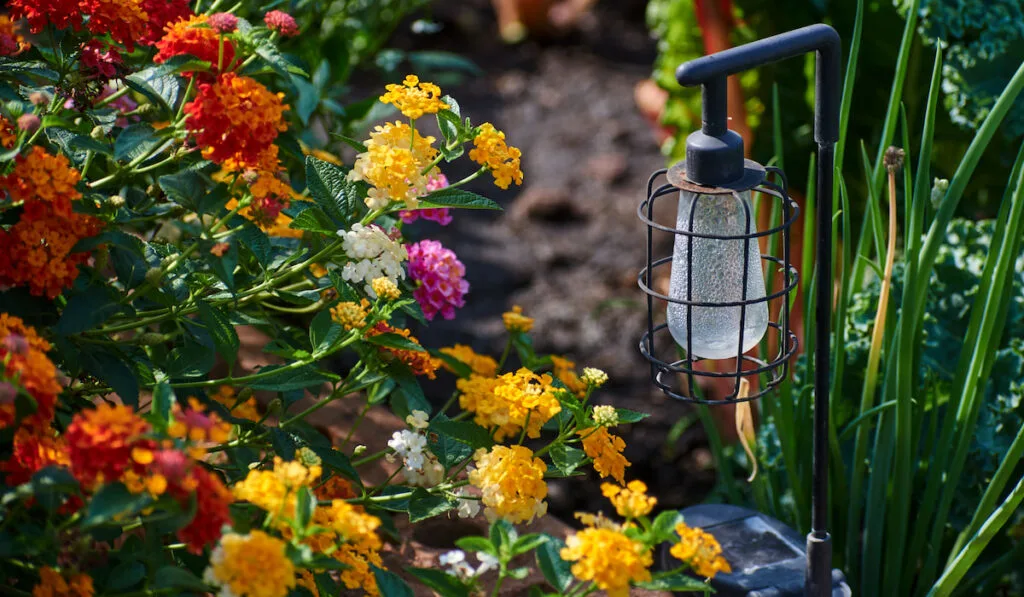
III. Plants with Strong Scents
Like many animals, deer have strong noses, and they mostly use their nose to search for sweet plants. Well, one disadvantage of deer having very effective noses is that plants with strong scents can easily repel them.
Here are some plants with strong scents:
- Catmint (Nepeta)
- Salvias
- Artemisia
- Russian sage (Perovskia)
- Hyssop (Agastache)
- Boxwood (Buxus)
- Mountain mint (Pycnanthemum)
- Dead nettle (Lamium)
- Lantana
- Calamint (Calamintha)
- Blue mist shrub (Caryopteris)
- Dill
- Tansy (Tanacetum)
- Bee balm (Monarda)
Many of these plants will give your garden a sweet smell and can also attract beneficial insects to your garden. Remember to learn about a plant before you bring it into your garden.

IV. Toxic Plants
Animal instincts are so cool. Deer (both young and old) avoid eating plants that are toxic to them. So long as a baby deer can see that its mother is not eating a plant, it will not eat it as well.
Some toxic plants that you can plant in your garden to prevent deer are:
- False indigo (Baptisia)
- Daffodils
- Helleborus
- Poppies (Papaver)
- Spurges (Euphorbia)
- Bleeding hearts (Lamprocapnos/Dicentra)
- Monkshood (Aconitum)
Remember that these plants are toxic, so you should prevent your kids and pets from going close to the plants. Only use these plants when you are very sure of what you are doing.
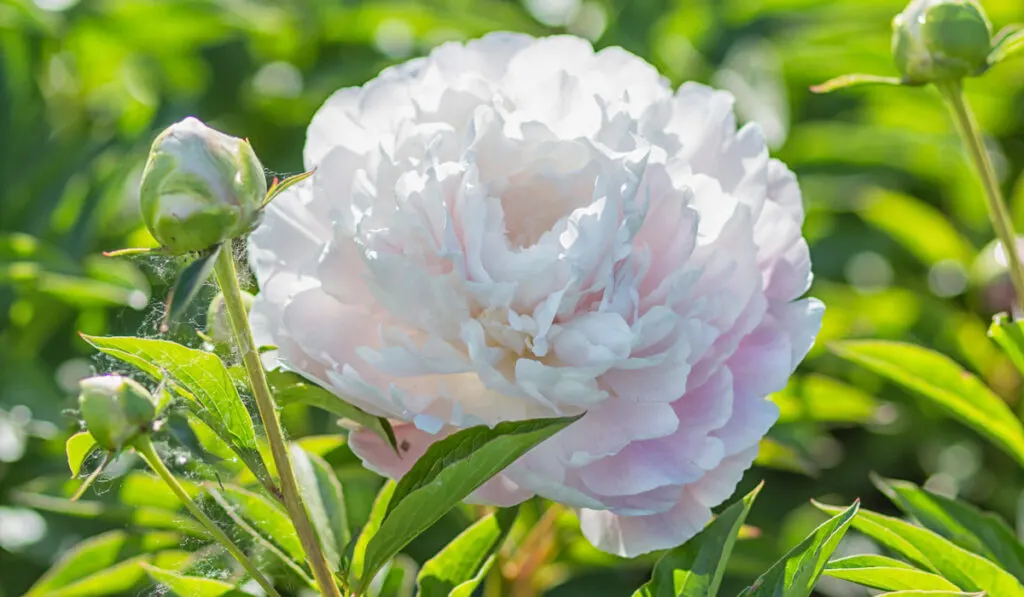
V. Fibrous or Leathery Plants
Many herbivores do not like to eat plants with leathery leaves because they are very difficult to chew and hard to digest.
If you want to repel deer from your garden, you can plant any of these leathery plants on your garden perimeter:
- Irises
- Wax begonias and dragon wing begonias
- Viburnums (some of them)
- Elephant ears (Colocasia and Alocasia)
- Peonies
Now you know of many plants that you can repel deer with.
Note that even though these plants are in your vegetable garden, you should not eat them. Only use them to repel deer and other pests.
4. Remove Things That Attract Deer
Keeping food wastes as well as fresh leaves lying around your garden can attract pests such as deer.
You should always ensure that your garden is free from unnecessary objects (especially organic ones).
So long as the deer cannot perceive there is something very nice in your garden, there is a high chance that they will not visit.
5. Use Deer Repellents
Deer run away from a place when they feel threatened, so you can use this to your advantage.
You can scatter human hair clippings along the edges of your garden or hang bars of soap along the perimeter.
Note that the best repellents for deer are store-bought, so you want to consider going to the garden shop to buy good products.
Well, now you know how to repel deer from your garden.
But what if you still find that your kale plants are getting destroyed? What may be the cause? Continue reading.

Other Kale Pests You Should Watch Out for
Deer may not be responsible for your kale plant loss.
There are many pests that can eat kale plants, so you do not want to quickly conclude that your kales were destroyed by deer until you’ve examined the evidence.
Here are some other pests that you should watch out for:
- Squirrels: You should notice little bite marks on your kale leaves. You can repel squirrels with predator urine.
- Hedgehogs: If you have ever seen little quills in your garden, you might have some hedgehog neighbors.
- Groundhogs: Are there large, visible holes in your garden? Watch out for groundhogs.
- Rabbits: Rabbits will mostly eat sweeter leaves, fruits, and carrots before they visit your kale. But they can cause a lot of damage.
- Insects: Insects usually do not have a preference, so prevent harmful insect pests from entering your garden. You can use pesticides for this.
Final Thoughts
Now you know how you can prevent deer and other animals from reaching your kale. Try your best to grow your kale without pests so that you can harvest and eat those edible and healthy leaves.
Resources
- https://www.gfloutdoors.com/do-deer-eat-kale-yes-but-its-not-a-staple/
- https://naturesmace.com/do-deer-eat-kale
- https://savvygardening.com/deer-proof-gardens/
- https://www.kellogggarden.com/blog/insect-pest-control/top-5-best-ways-to-stop-deer-from-eating-plants/
- https://www.millcreekgardens.com/6-ways-to-stop-deer-from-eating-your-outdoor-plants/
